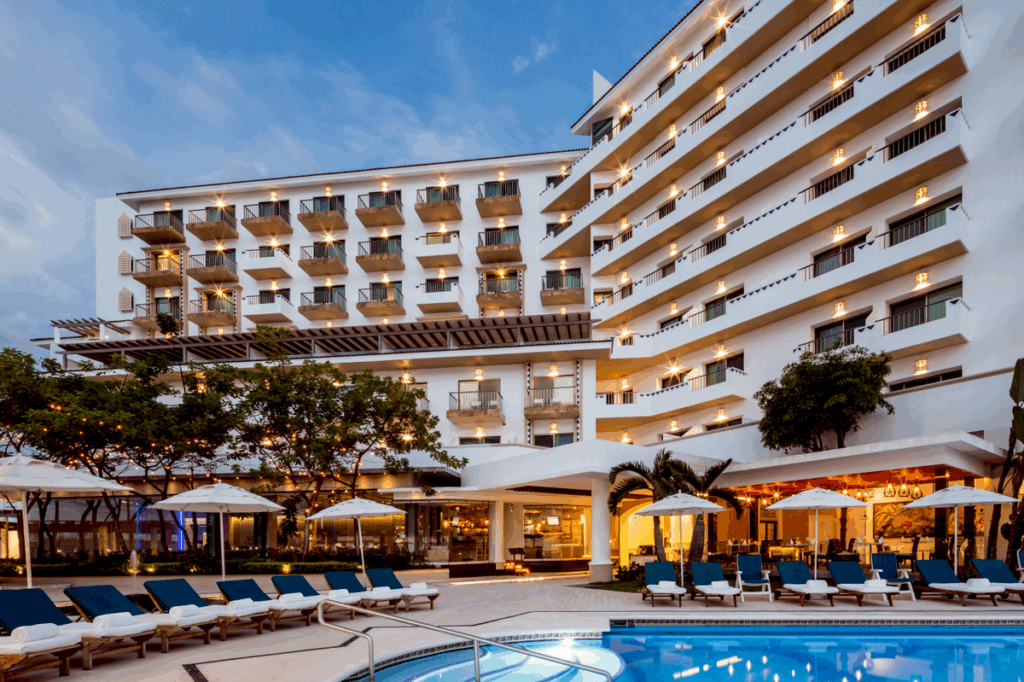Holy Week ritual granted National Popular Traditions Award by Mexican Government

TEPIC, Nayarit, Mexico — March 7, 2024 — The northwest of the state of Nayarit on Mexico’s central Pacific Ocean coast is home to most of the indigenous Cora people or, as they call themselves, the Na’ayarij. The oldest record of the Coras and their ways come from reports by Spanish conquistador Nuño Beltran de Guzmán, who in 1531 conquered the lowlands of the Sierra del Nayar.
Under Spanish rule, the Cora appropriated elements of Roman Catholicism and assigned them a meaning compatible with their pre-existing beliefs, which resulted in a kind of hybrid “Cora Catholicism.” Multiple Christian ceremonies, among them “La Judea,” were modified and adapted to incorporate the Coras’ own culture. “La Judea: La Santa Semana,” or Cora Holy Week, is a cultural practice still carried out by this indigenous group, and it is closely related to the agricultural cycle of corn cultivation, with the advent of the rainy season cycle, the renewal of vegetation and the rebirth of life.

La Judea consists of a staging of Catholic Holy Week rites mixed with elements of pre-Hispanic Cora practices, prohibited since the time of the Spanish conquest. During these holy days, children, young people, adults and the elderly transform themselves into different characters representing whom they perceived to be “the other” in their lives, such as Jews, Pharisees, Moors, black and white demons or doubles of Christ. It should be noted that during the celebration of the ceremony, the civil authorities cede control of time, space and public life in participating communities to a ceremonial group of so-called “Centurions.”
Cora Holy Week is interesting due to the union of several elements: cultural syncretism, relationships with ancient gods and the agricultural cycle, and artistic expression (body, clothing, music and dance), in addition to the fact that it constitutes an ideal way of preserving the unique identity of the Cora people.

La Judea is a ritual lasting three whole days, without sleep and in different scenarios.
When the canyon of the San Pedro River, in the Sierra del Nayar, in Nayarit, is illuminated by the first full moon after the spring equinox, the sacred time of planting begins in the community of Rosarito, according to studies by the National Institute of Anthropology and History.
Thus begins one of the most intense and authentic rituals to be found in the indigenous world, in which cultural elements predating Christian evangelization fused with later traditions dating from the 18th century remain alive today: the Judea Cora — when Christ dies, is buried and is resurrected as a symbol of the sowing and sprouting of the seed. After Holy Week, the seed is prepared to penetrate the earth, according to the interpretation of scholars of the subject.
The word Judea comes from the Hebrew “Yehudah,” which means “I thank God” or “I acknowledge God” and comes from southern Israel. In western Christianity, Holy Week this year runs from Palm Sunday, March 24 to Holy Saturday, March 30, with Easter Sunday following on March 31.

Nayarit is home to another La Judea in the Pueblo Mágico of Jala but, unlike the celebration of the Cora, this is a traditional one. This Judea in Jala has been a tradition for 444 years. It starts on Palm Sunday and continues through the holy days from Wednesday through Good Friday, ending on Holy Saturday.
Jala is small colonial town, its streets paved in volcanic rock and cantera (a pink stone.) It’s very easy to walk around, and visitors are able to visit multiple historical churches, including the majestic Lateran Basilica, and enjoy its superb gastronomy in its noted restaurants.
About Nayarit:
NAYARIT is a state in western Mexico, between the forested mountains of the Sierra Madre Occidental and the Pacific Ocean. More than beaches, there are also mountains, volcanoes, freshwater lagoons, colonial towns and people of ethnic groups: Coras, Huicholes, Tepehuanos and Mexicaneros who allow you to enter and buy their crafts and share their festivities. This area is known as Valle Nayarit.
Riviera Nayarit, for its part, with its 192 miles of coastline, is home to the colonial city of San Blas, whose 16th-century San Basilio fort once protected the area from pirates. Just to the south are the surf-friendly beaches of Matanchén Bay, while to the north is the island of Mexcaltitán, considered the cradle of the Aztec civilization.
Media contact:
Gustavo Rivas
gustavo@enroutecommunications.com












